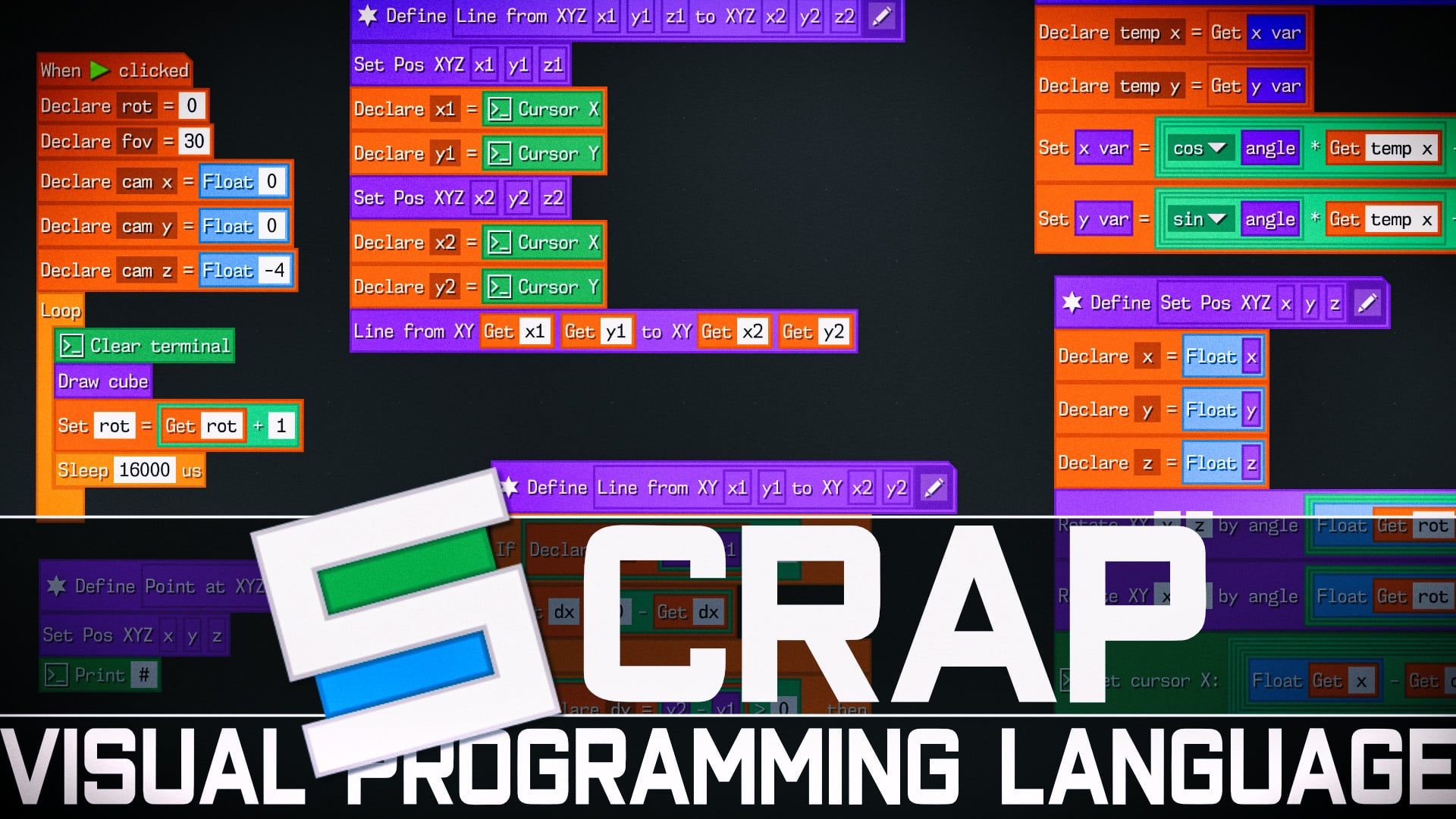www.cnet.com
Do you know what the No. 1 cause of death is in America? According to the CDC, it's heart disease, which causes more deaths than cancer, accidents and COVID-19. In a 2025 American Heart Association report, the organization reveals that someone dies of cardiovascular disease every 34 seconds. With that in mind, when was the last time you had your heart checked?February is American Heart Month, just in time for Valentine's Day, meaning that it's a great time to schedule your annual physical to get your heart screened by your doctor. Knowing more about your heart can help you make lifestyle adjustments to prevent risk of heart disease, America's silent killer. What is heart disease? Upgrade your inbox Get cnet insider From talking fridges to iPhones, our experts are here to help make the world a little less complicated. Heart disease is a general term used to describe several conditions that affect the heart, including but not limited to arrhythmias, valve disease and congenital heart defects. The most common heart disease is coronary artery disease, which impairs the blood vessels, hinders blood flow to the heart and can increase your risk of a heart attack.Heart disease frequently goes undiagnosed until symptoms of a heart attack or heart failure present themselves. Regular heart disease screenings are essential to help you get ahead of many health scares.What causes heart disease?Heart disease can happen at any age. In the case of congenital heart disease, it can happen at birth. Other times, it develops throughout our lives, like coronary artery disease, slowly progressing as plaque builds up. The cause of heart disease will vary depending on the type of condition. Let's focus on coronary heart disease since it's the most common type people experience.The causes of coronary heart disease are genetics, high blood pressure, high cholesterol and smoking. Essentially, your heart has to work harder because things are standing in the way, putting more strain on the organ than necessary. Your heart can only function for so long under excessive stress.The CDC says that almost half of Americans have at least one risk factor for heart disease. That's why you should get screenings regularly. Now let's dig into when you should.Hint: it's before symptoms like shortness of breath, chest pressure or weakness present themselves.When should you get screened for heart disease?The American Heart Association recommends that routine screenings should start at age 20. That sounds early, but heart disease can affect younger people, too. By starting regular screenings at 20, your doctor can establish a baseline for your body and monitor changes as you age. At this stage, even if you are not considered at high risk (see below), it's important tomonitorblood pressure, cholesterol, blood glucose and lifestyle factors through family history, physical exams and blood tests. Routine screenings for those at lower risk should beas follows:Blood pressure: If your blood pressure is below 120/80 mm Hg, testing should be done every year, or more often if your blood pressure is higher.Cholesterol: Normal-risk adults should have their cholesterol tested every four to six years. Those at higher risk for heart disease and stroke may need testing more often.Blood glucose:This should be done at minimum every three years starting at age 45.Lifestyle factors: With each doctor's visit, factors like physical activity, diet and smoking will be discussed.High-risk factors require more frequent monitoring Su Arslanoglu/Getty ImagesRegular screenings for all patients should begin at age 20 and proceed in intervals. However, if you're at high risk for cardiovascular disease, you're likely to be screened more frequently. Risk factors include high blood pressure, cholesterol and smoking, a family history of heart disease, your age and your lifestyle.If you are more at risk, additional cardiovascular testing may be necessary, especially if you are experiencing symptoms associated with heart disease, such as an irregular heartbeat.Additional tests can include:Electrocardiogram: To measure your heart's rhythm and electrical activity, you may need an EKG or ECG. It's a painless, noninvasive method of monitoring heart function. All it takes is a few sticky electrodes on your chest. Your doctor may require you to wear a portable ECG called a Holter monitor for a few days to get a fuller picture.Echocardiogram: There are times when your doctor may want to look at the structure of your heart. An echocardiogram involves an ultrasound machine to assess how your heart pumps.Stress tests: Cardiac stress tests are basically ECGs with exercise. Your doctor will attach the electrodes to your chest, and you will either walk, run or pedal while your doctor monitors your heart's response. You may also be asked to breathe into a tube for a few minutes.Cardiac computed tomography angiography: This noninvasive test uses X-rays to create a 3D image of your heart. It can help doctors find the presence and percentage of narrowing in the coronary arteries and blood vessels.Peripheral angiography: X-rays and contrast dye help your doctor locate narrowed or blocked areas in arteries supplying blood to the legs and feet or arms and hands.Practical tips to prevent heart disease FG Trade/Getty ImagesHeart disease is serious, but it's also largely preventable and treatable, especially with regular screenings. You have more control over your heart health than you think. Try adding these daily habits to your life to lower your risk of heart disease.Quit smoking: Smoking is one of the main causes of heart disease. Quitting smoking is one of the best things you can do to reduce your chances of developing heart disease.Get moving: Exercise is the oldest advicein the books for a reason. To maintain heart health, aim for 150 minutes ofmoderateweekly exercise, which is only 30 minutes daily for five days.Monitor your health at home: There are at-home heart rate, blood pressureandglucose monitors, as well asfitness trackers,that can help you monitor your health between doctor visits.Fine-tune your diet: Eating foods thatnourish your bodyis essential to heart health. As often as you can, avoid foods high in saturated and trans fats. Look for opportunities in your diet to make healthy swaps. Always opt for nutrient-rich meals that include vegetables and whole grains.Too long; didn't read?Don't just take a "good enough" approach to your health. The heart is one of the body's most vital organs, and sometimes it's hard to know when it's sick. That's why heart health screenings start so early. High blood pressure and high cholesterol are some of the most common conditions, and unfortunately, they significantly increase your risk of developing heart disease.Regular screenings and checkups are among the best tools to determine your health and help you make changes that can lower your chances of developing heart disease.












